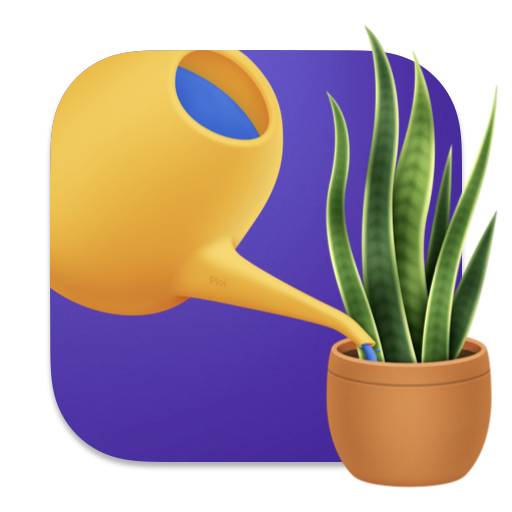Monstera deliciosa aka Monstera
Taxonomy ID: 194
Monstera deliciosa, also known as the Swiss Cheese Plant or Fruit Salad Plant, is a tropical evergreen vine known for its large glossy leaves with natural holes or fenestrations. It's a popular houseplant that is easy to care for, adapts to different environments and purifies the air, making it a great addition to any home. It prefers bright, indirect light and well-draining soil, it can be grown in a container or trained to climb a trellis or pole.
Common names
Monstera, Swiss Cheese PlantMore information about Monstera
How difficult is it to take care of Monstera
Caring for Monstera is a breeze, as it is highly adaptable and forgiving to minor neglect.
What is the region of origin of Monstera
Monstera’s native range is Central America.
What are the water needs for Monstera
Monstera should be watered regularly, allowing the soil to dry out between waterings.
What is the right soil for Monstera
Monstera loves a well-draining soil. Perlite and vermiculite help with drainage, while coco coir adds organic matter, so a good potting soil mix will have all three. You can improve store-bought soil by adding some perlite to it.
What is the sunlight requirement for Monstera
To ensure optimal growth, the Monstera prefers bright indirect light for 6-8 hours each day. Insufficient light can result in slow growth and leaf drop, so it's important to find a well-lit location for this plant. Place it near a window, within a distance of 1 meter (3 feet), to enhance its potential for thriving.
What's the right humidity for Monstera
The Monstera does not need extra humidity. Plants primarily absorb water through their root system, making soil watering the best way to provide humidity to your plants.
How to fertilize Monstera
The Monstera should be repotted when it has doubled in size or annually, whichever comes first. Providing fresh potting soil with all the essential nutrients each year ensures the plant's well-being, eliminating the need for fertilizer. Remember, plants derive their energy from the sun and not fertilizer.
Is Monstera toxic to humans/pets?
Monstera is poisonous if ingested. We suggest keeping this plant out of reach if you have children, cats, or dogs in the home.
What seasonal care does Monstera need?
During the cold period, it is common for Monstera to go dormant, resulting in a slowdown of growth. To accommodate this, waterings should be spaced out more.
More Species in Monstera Genus

Monstera obliqua Swiss Cheese Plant

Monstera adansonii Swiss Cheese Plant

Monstera pinnatipartita Monstera
Monstera aureopinnata Aureopinnata

Monstera deliciosa Monstera

Monstera Monstera Adansonii Indonesian Marble
Monstera lechleriana Split Leaf





